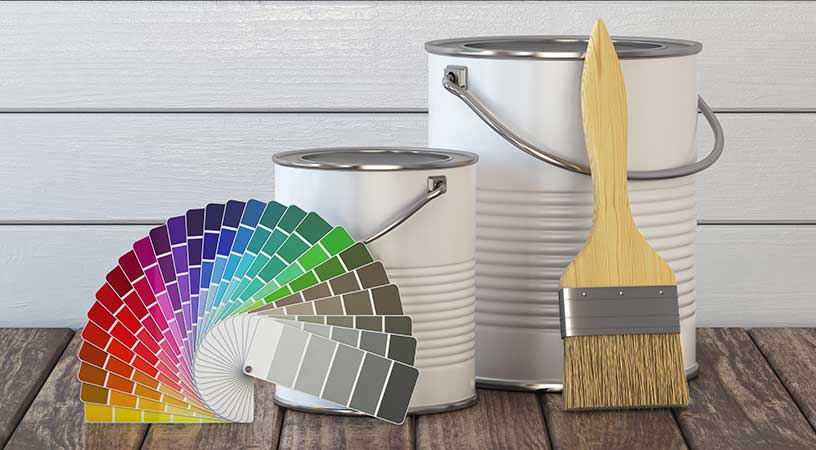Our surroundings are more vibrant and vivid due to the colors we see on them; such as cars, appliances, walls, graphic art, system coatings etc. Mostly, this effect is gained through the application of organic coatings i.e. paint, adhesive polymer and booting, and inorganic coating i.e. electrodeposited metals and inorganic enameling. Paint can be conceptualized as a film or a layer of polymer to protect, signal and illuminate, and embellish the subject on which it is applied. This polymeric compound is formed by elements such as resin, pigments, fillers, solvents and additives.
Wastewater in this industry varies through a number of products produced in a day, a week or a month’s time. The frequency of discharge may be irregular in small units - operating one or two batches per day, but in the case of medium and larger units, the discharge of wastewater is continuous.
Characteristics of the Effluents Released
The colored matter in the wastewater comes from the elements such as pigments. The liquid effluent is burdened with O&G, BOD, COD, TDS, Turbidity, TSS etc.
Wastewater Treatment Process
The treatment of wastewater released by the paint industry includes steps such as filtration, sedimentation, decantation, flotation and osmosis separation. The process of treating wastewater includes:
- Primary Treatment
- Secondary Treatment
- Tertiary Treatment
Primary Treatment
1. Oil and Grease Removal
Wastewater from all units apart from paint section and caustic cleaning waste are passed through an oil and grease removal device.
2. Equalization-cum-Neutralization
The wastewater from caustic cleaning operation is highly alkaline and requires neutralization prior to further treatment. An equalization-cum-neutralization tank is provided with an agitator. Effluent from stiff paint is mixed with the neutralized wastewater, along with coagulant and sent forward to flash mixer. The effluent is then pushed for clariflocculation.
3. Clariflocculation
The effluent is then purified in clariflocculator and then subjected to biological treatment. Sludge gathered in this process is carried to the sludge drying bed for dewatering.
Secondary Treatment
1. Extended Aeration
The domestic wastewater from the factory premises and residue from the clariflocculator is mixed and is biologically treated by extended aeration process.
2. Secondary Clarification
The mixed liquid from the aeration tank proceeds to the secondary clarifier. The settled sludge is recycled continuously through return sludge pumps to the aeration tank. The excess sludge is discharged to sludge drying beds. Effluents released from the secondary clarifier fit for releasing it to the environment.
3. Sludge Drying
Sludge from oil and grease, clariflocculator and secondary clarifier is dewatered on sludge drying bed. Filtrate from these beds are reversed back to the equalization-cum- neutralization tank.
Tertiary Treatment
Recycle through high efficiency Reverse Osmosis systems is the final step where the end process need is recovery of water. Rely on us for efficient wastewater treatment systems.
The process mentioned above achieves 90-95 per cent efficiency in removing pollutants.
Rochem India has demonstrated its expertise in treatment of wastewater of the Paint Industry. Delivering specific needs for the multiple chemical processes involved, we provide customization of the equipment to render wastewater that is fit to discharge into the environment.
We offer excellent water treatment and recycling technology that adapts to the changing needs of our customers. Get in touch with us through our mail at sales@rochemindia.net, or leave a message on our social media accounts - Facebook, Instagram, LinkedIn and YouTube or call us on +91 (22) 6704 9000 for any enquiries and further information.

